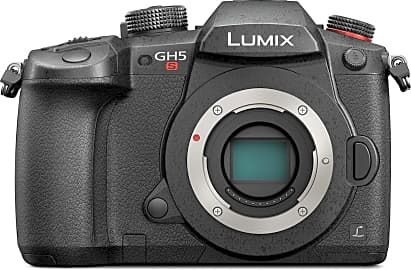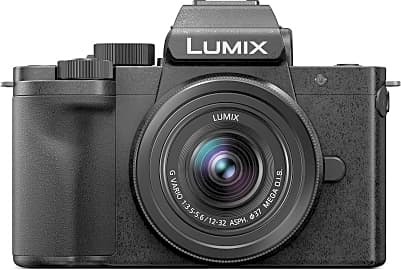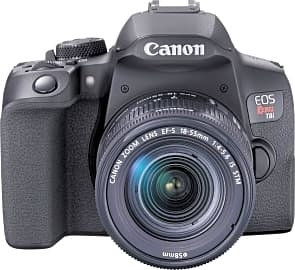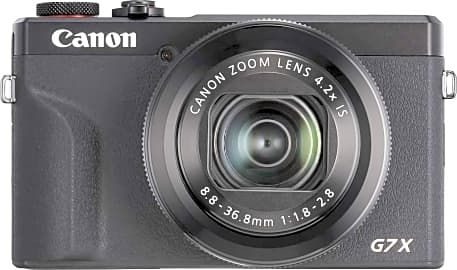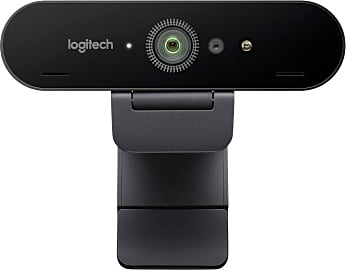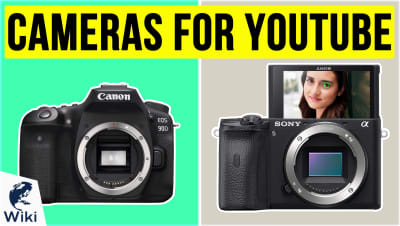The 10 Best Cameras For Vlogging

This wiki has been updated 22 times since it was first published in January of 2019. If you are looking to record videos for broadcast on any of the various channels online, you're going to want a good camera for vlogging. Our selections can all create high-resolution movies relatively easily, and many feature display screens that articulate 180 degrees, allowing you to set up your frame and monitor yourself as you deliver your content to your audience. When users buy our independently chosen editorial selections, we may earn commissions to help fund the Wiki.
Editor's Notes
August 20, 2020:
While a few of the models from our previous ranking boasted full-frame sensors, it makes less sense to us than ever to recommend vloggers invest in this level of technology. Sure, full-frame DSLR and mirrorless cameras offer access to wider dynamic ranges, shallower depths of field, and a handful of other advantages, but almost all of those gains get crunched out of existence by the compression algorithms used by the likes of YouTube and other content hosting sites.
With that it mind, the Sony Alpha a6600 has been added in place of the a7 III, and it actually offers some superior features, especially for live streaming, like active face and eye tracking and a always-on display, even when pushing video in real time over HDMI. You'll also find that the Nikon D5600 has been replaced with the company's mirrorless APS-C offering, the Nikon Z50. There are a lot of advantages here, from a larger opening at the lens mount to let in more light to the fact that the whole system is smaller and lighter than the entry level D3000 and D5000 series.
We also got rid of the bulky and cumbersome Canon 6D Mk II and upgraded the T7i to the T8i. Now, Canon has also come out with some mirrorless options, and their EOS R is the least expensive among them, but they're all still full-frame, meaning you'll get more bang for your buck among mirrorless options if you opt for the Nikon or Sony listed above, or even the Panasonic Lumix GH5S, which has a slightly smaller sensor than APS-C, but that offers high bit rates and color quality if you want to edit extensively before you post.
January 30, 2019:
Vlogging nowadays requires little more than a half-way decent microphone and a DSLR or mirrorless camera. Features like fully articulating displays and high-quality video files were certainly important, but the ability to produce 4K video wasn't a deal breaker, especially since most people don't view much online content at that high of a resolution. Canon understandably has a few models here, as their cameras put out great looking videos that usually need few adjustments in post.



